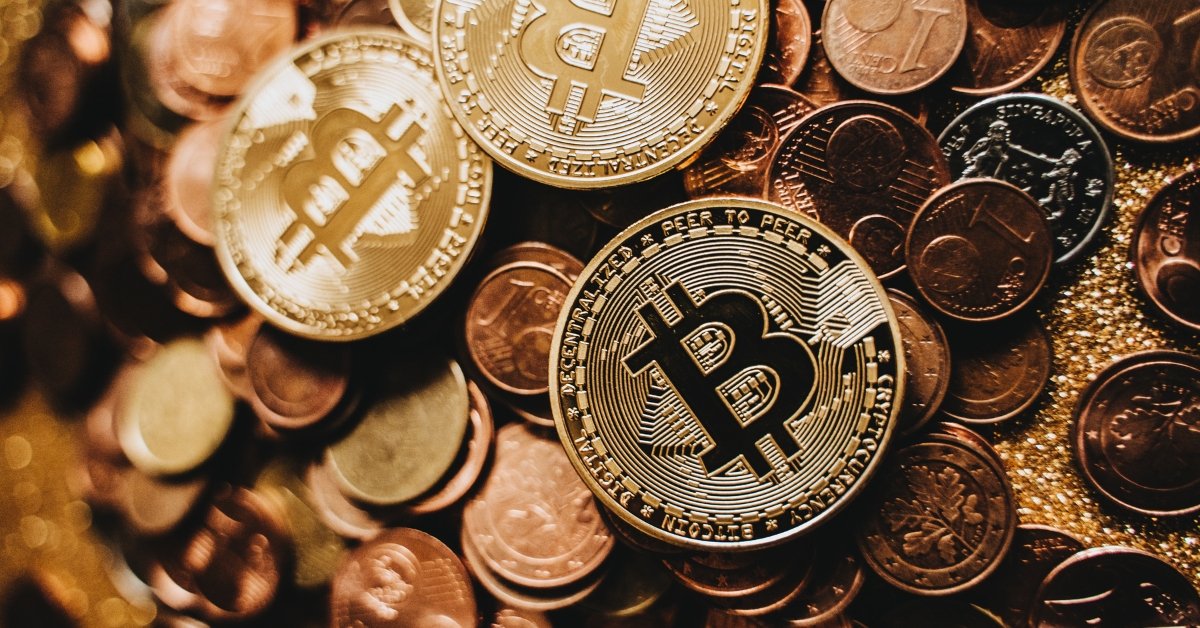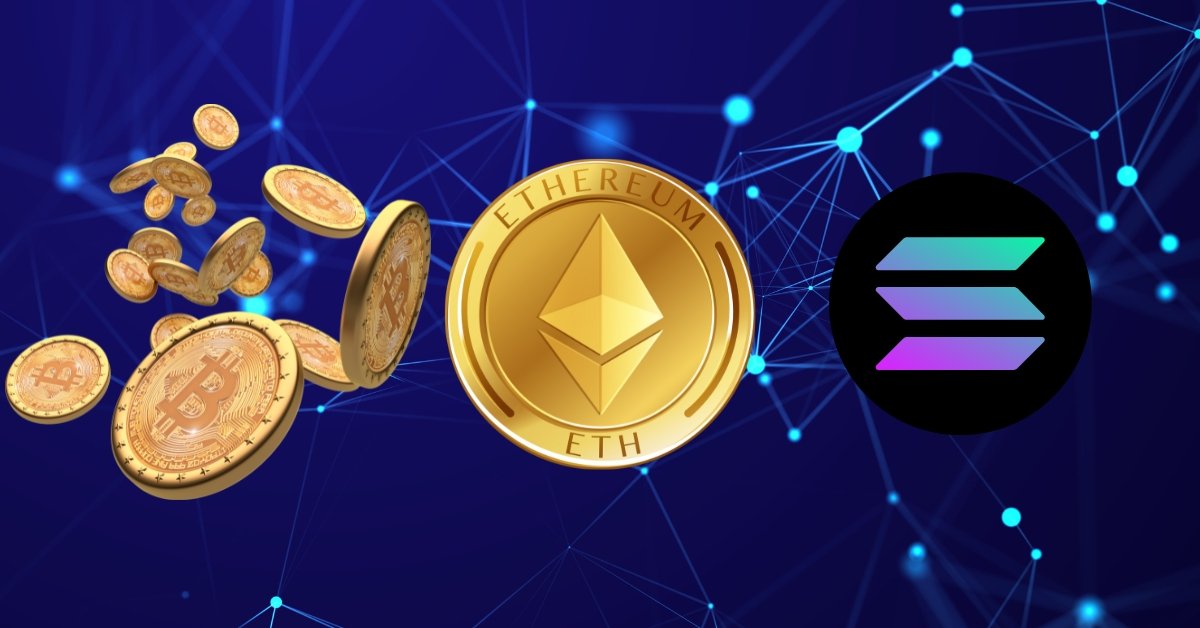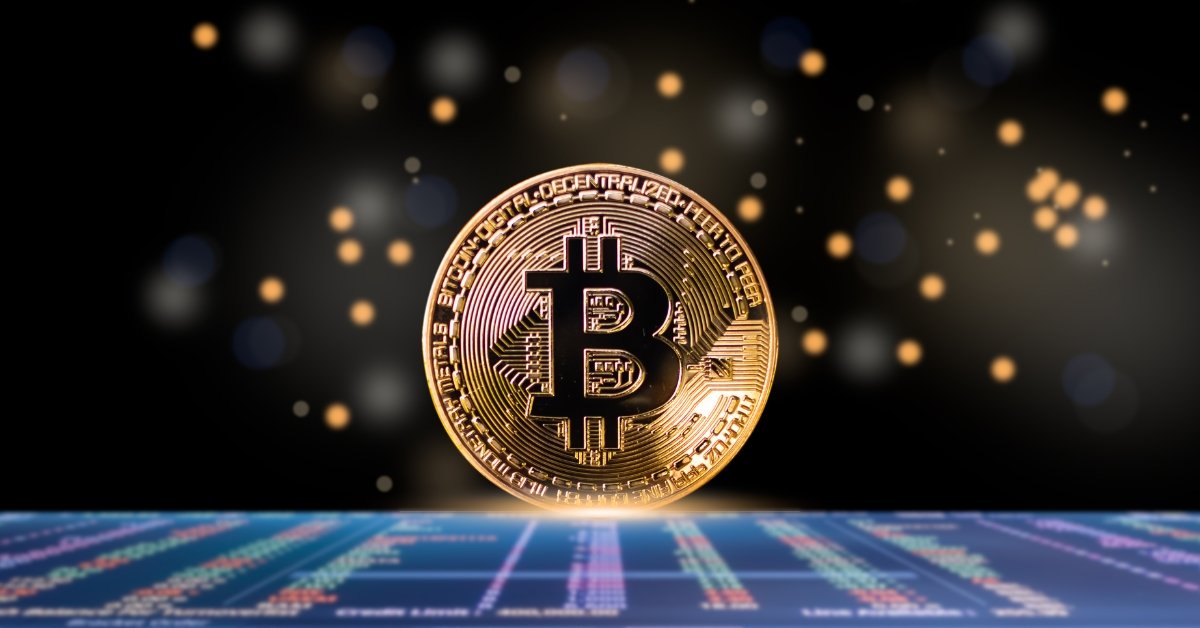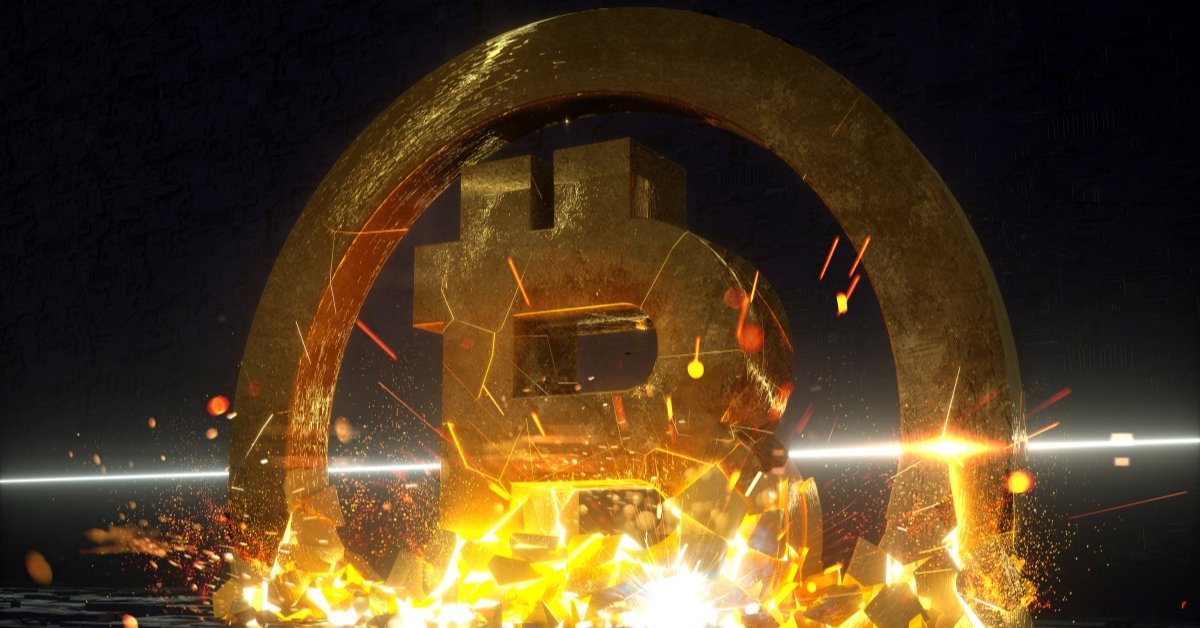Mystery of Bitcoin’s finite supply and the 21 million limit coded into its system. Learn how scarcity shapes its value.
Table of Contents
Introduction: The Mystery of Bitcoin’s Scarcity
Imagine a world where digital currency is as rare as gold.
That is the story of Bitcoin. While many cryptocurrencies have unlimited supplies, Bitcoin stands out with its finite limit of 21 million coins.
However, why does this limit exist? How does it shape Bitcoin’s value and future?
This blog dives into the fascinating code behind Bitcoin’s scarcity and why it has the world’s attention.
Scarcity in a Digital Age
For centuries, scarcity has driven the value of gold, diamonds, and land.
Bitcoin, often called “digital gold,” takes this concept into the digital realm.
With only 21 million coins ever to exist, Bitcoin’s value is inherently tied to its limited supply.
However, this is not just by chance—it is by design.
How Does Bitcoin Maintain Its 21M Limit?
Bitcoin’s scarcity is no accident.
It is baked into its DNA, or rather, its code.
The blockchain is programmed to release Bitcoin through mining, where miners solve complex mathematical problems to validate transactions.
After every 210,000 blocks (roughly every four years), the reward for mining is halved—a process aptly named the “halving.”
This ensures a steady decrease in Bitcoin production until the last coin is mined around 2140.
A Real-World Example: Mining Gold vs. Mining Bitcoin
Think of it like mining gold.
The deeper you go, the harder it gets to find more gold.
Similarly, mining Bitcoin becomes more challenging as time passes, with fewer rewards.
This built-in scarcity fuels its allure, much like rare metals.
Practical Implications for Investors and Global Finance
Bitcoin’s finite supply has profound implications for everyday investors.
For one, it creates a sense of urgency and exclusivity.
Demand increases as more people recognize its scarcity, which has historically driven prices higher.
For long-term investors, Bitcoin offers a hedge against inflation, as its fixed supply contrasts sharply with fiat currencies that can be printed at will.
On a global scale, Bitcoin’s limited supply positions it as a potential store of value akin to gold.
Nations with unstable currencies or high inflation often see increased Bitcoin adoption as citizens seek stable alternatives to preserve their wealth.
This trend highlights Bitcoin’s potential role in reshaping the financial landscape, providing a decentralized and inflation-resistant option for global commerce.
Challenges of a Finite Supply
While Bitcoin’s scarcity is its strength, it also presents challenges.
As the mining rewards diminish, the network relies on transaction fees to incentivize miners.
Will these fees be enough to maintain the network’s security in the long run?
Additionally, the fixed supply means Bitcoin cannot adapt to increasing demand without a price rise, potentially limiting its use as a daily currency.
What Happens After 21 Million Bitcoins?
Once the last Bitcoin is mined, the network enters a new era.
Without new coins entering circulation, the focus shifts entirely to transaction fees.
This transition raises questions about how sustainable Bitcoin will be as a decentralized system.
Conclusion: A Code That Changed the World
Bitcoin’s 21 million limit is more than just a number—it is a principle.
It combines technology, economics, and philosophy to create a digital asset.
For investors, its scarcity offers unique opportunities while it presents challenges and possibilities for the global financial system.
As we inch closer to mining the last Bitcoin, its scarcity will continue to drive debates, innovations, and investments.
Are you curious about more insights into the world of cryptocurrency?
Check out our other articles and keep exploring the future of finance!
Trivia Corner: Did You Know?
Satoshi Nakamoto, Bitcoin’s mysterious creator, arbitrarily chose 21 million coins. Some speculate it reflects the global money supply at the time of Bitcoin’s creation, but the exact reason remains a mystery.






